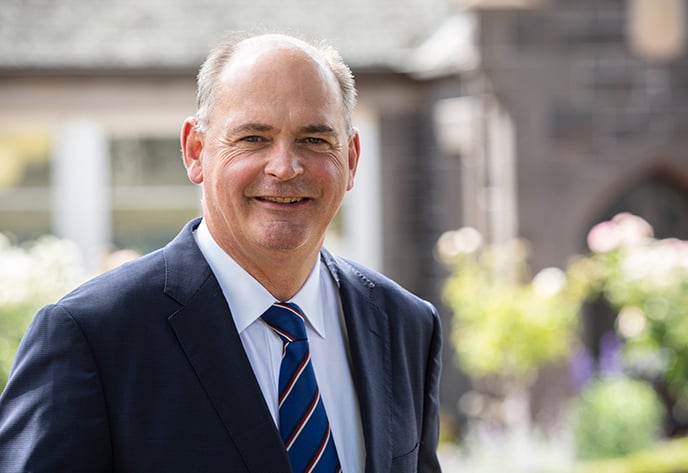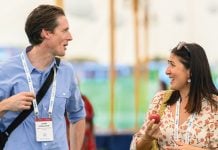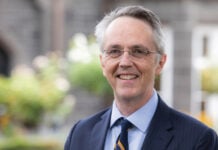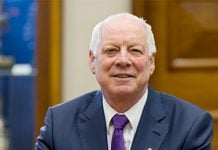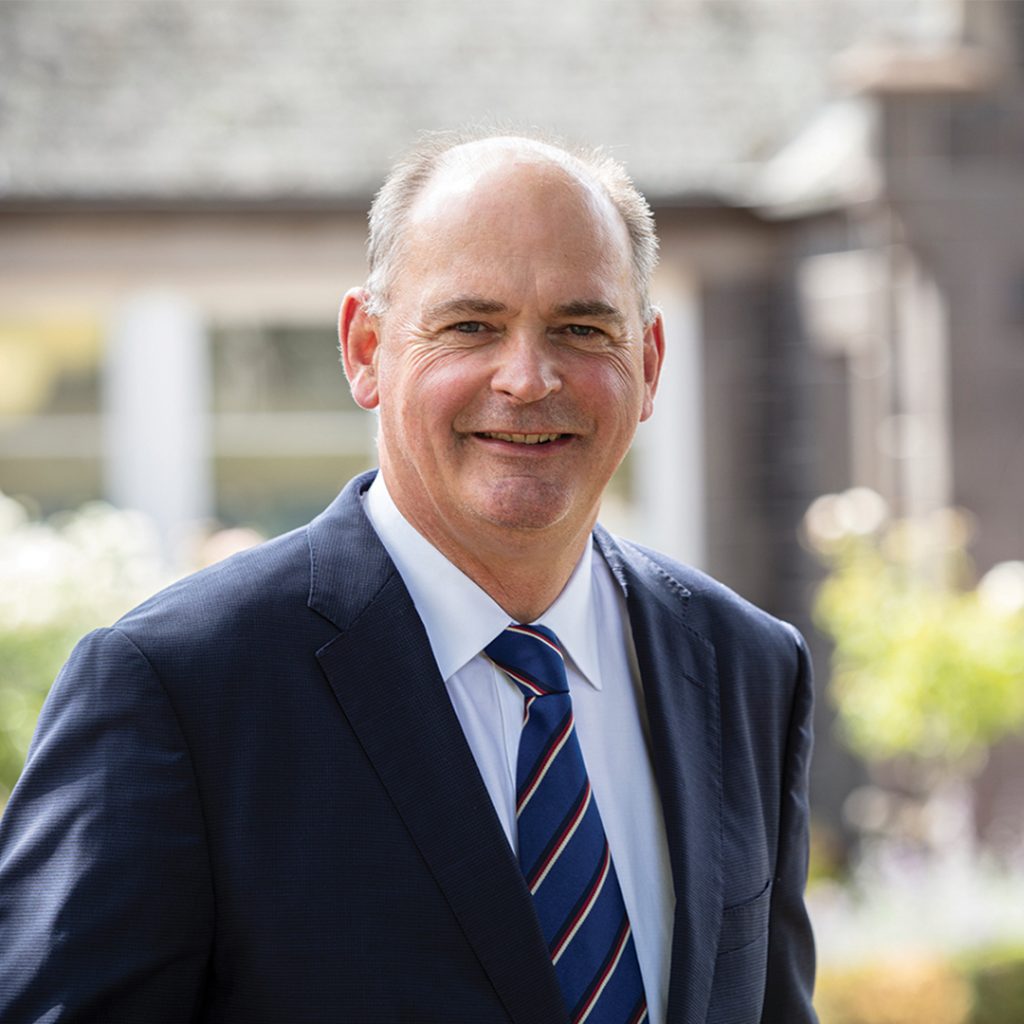
When I was a student at Melbourne Grammar School in the late 1970s, I remember studying French in a room called the Language Laboratory within the former Neill building. It was dark and stuffy with poor ventilation and no views onto the School grounds nor beyond the School gates. It was quite an uninspiring place.
Fortunately, times have changed. As we design new buildings at Melbourne Grammar we think carefully about their purpose. The spaces in which students learn and teachers teach are just as significant as the curriculum itself, influencing not only each student’s engagement with academic material but also their broader intellectual and personal development.
The Geoff Handbury Hub for Science and Technology, which opened in 2018 on the Senior School campus, is a case in point. While the science labs needed to be functional, the overarching goal was to create an environment where students felt a connection to the subject matter, to the School, to the natural world, to the broader scientific community, and to each other.
The design of the building was intended to inspire analytical thinking and intellectual curiosity, fostering a deep appreciation for the disciplines of science and technology. In creating a space that visibly and structurally demonstrated the School’s respect for these fields, it was hoped students would be encouraged to pursue further studies and careers in these areas. Indeed, the number of tertiary study offers to our Year 12 students in the fields of agriculture, science, medicine, engineering and related fields has increased between 2018 and 2024.
Our current building projects extend beyond this approach, ensuring that the physical spaces in which students learn reflect and enhance their educational experiences. Just as a well-designed home evokes a sense of belonging and comfort, learning spaces must ‘feel right’ for students and teachers alike. A well-considered environment promotes concentration, reflection, and engagement—key elements of the intellectual discourse we seek to cultivate through the holistic education we offer.
The new Centre for Humanities building on the South Yarra campus embodies this philosophy. It is through studying the humanities that every student explores who they are, how they fit into the world and, importantly, how they’re going to contribute to a wider world.
Appropriately, the building will overlook the Main Oval, the Science and Technology building, and the Chapel of St Peter, symbolising the interconnection of different disciplines, or the ‘heart, mind and soul’. Beyond that, its views will extend to the Royal Botanic Gardens and the Melbourne cityscape, reinforcing the broader perspective that humanities studies encourage.
The building will also incorporate meeting spaces which enable us to welcome students from other schools and backgrounds, as well as academics and others from diverse fields, facilitating engagement with a wider set of ideas and ways of thinking. In addition, the building will have great places for students to socialise and to study on their own or in groups, as well as for quiet reflection.
Similarly, from their earliest years, our Grimwade House students should feel safe and happy in their learning environments. The new Junior Primary building will feature flexible learning spaces that support a variety of teaching approaches, enabling students to learn in ways that best suit them.
Its design will incorporate views across the oval and surrounding gardens, as well as intentional perspectives of the urban landscape surrounding Grimwade House, ensuring that even our youngest learners feel connected to the world beyond the School gates.
At Melbourne Grammar School, we recognise that education is not just about what is taught, but also about where and how learning happens. By creating spaces that inspire curiosity, foster engagement, and connect students to the world around them, we are shaping not just classrooms, but the minds and futures of the young people who pass through them.
Philip Grutzner
Headmaster
